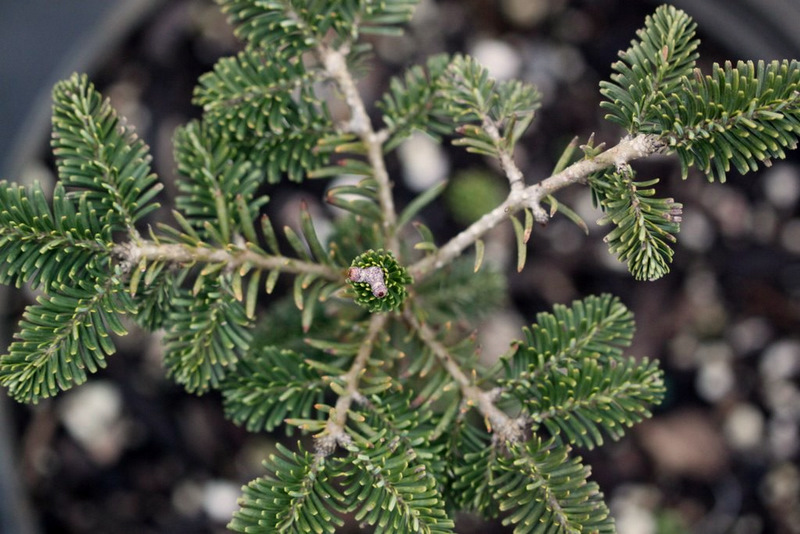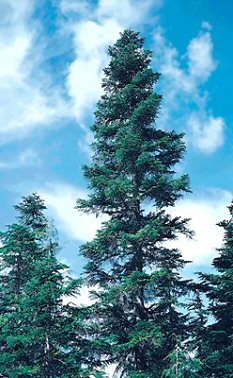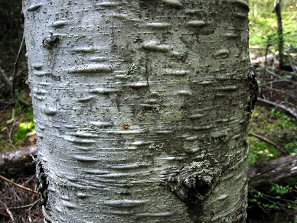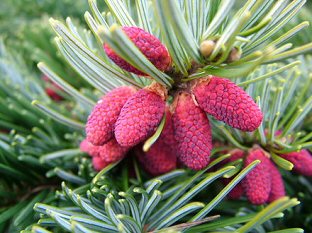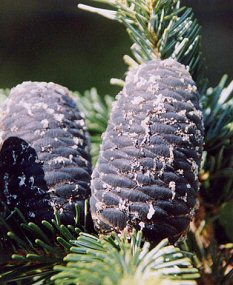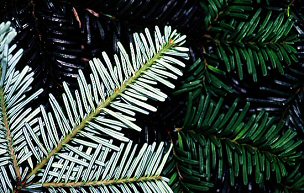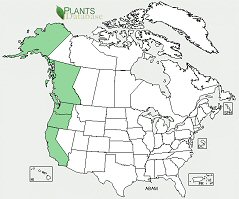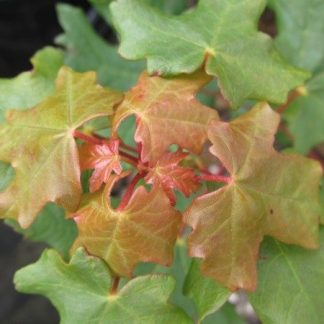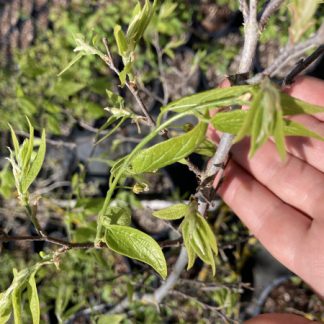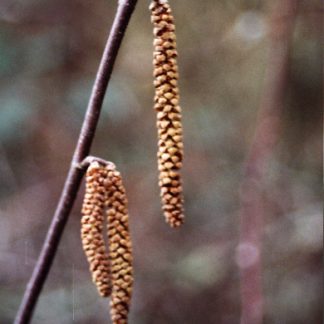Abies amabalis
Pacific silver fir
Habit: Mature trees are straight with a dense cone shaped crown and spreading, slightly drooping branches. The bark on younger trees is a light ashy gray, smooth and covered with resin blisters. On older trees, the bark darkens becoming scaly, furrowed, and red-gray or red brown. Leaves are a dark lustrous green above, somewhat flattened with silvery white undersides. Like all true firs, it has erect, cylindrical cones that are borne near the tips of the uppermost branches. Pollen cones are bright red, becoming reddish yellow. Seed cones are erect, ovoid-cylindrical, resinous, purple-gray then brown. It is easily distinguished from other species by having considerably larger cones.
Ecology: Pacific silver fir is a fir of mid-elevations, sandwiched between sub alpine firs and grand firs. Patchy stands can be found near the alpine timberline, while well-developed stands are primarily found at elevations from 1,000 to 7,000 ft (300-2100m) on the coastal slopes of the Cascades in shaded wet forests. Young trees are often dominant in the forest understory.
Growing Conditions: Prefers the shade of cool, moist coastal forests in deep, well-drained soils in. It tolerates summer drought but depends on adequate moisture during the early growing season.
The dense growth of Pacific silver fir provides cover and protection during the winter for wildlife. Old-growth stands provide habitat for mountain goat, northern spotted owl, western red-backed vole, and the Olympic salamander. Seeds provide food for birds, rodents, and squirrels, while the leaves of growing shoots are browsed by elk.
Specs
Evergreen Coniferous Tree
100-250 ft (30-76 m)
4 ft (1m) in diameter at the base
7a-9a

